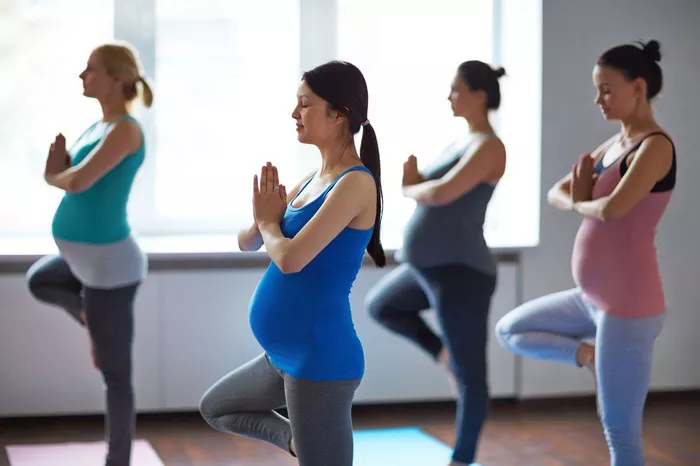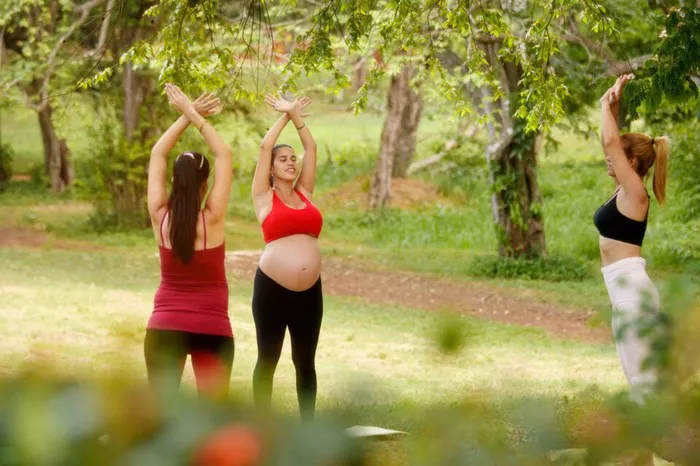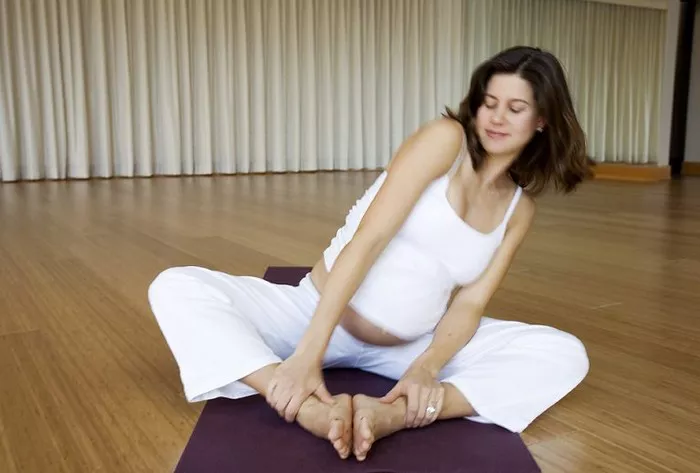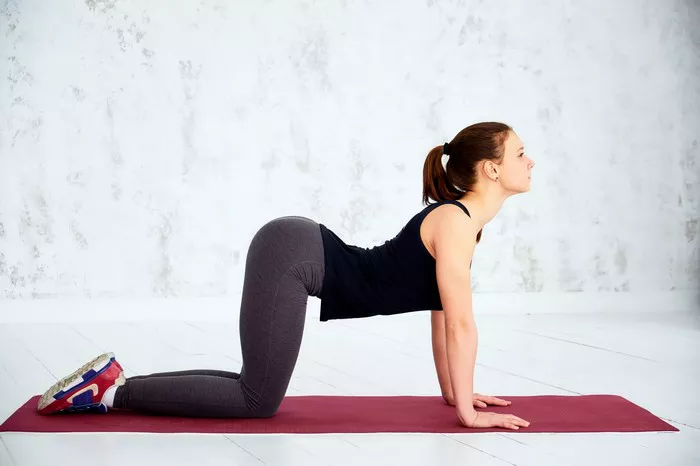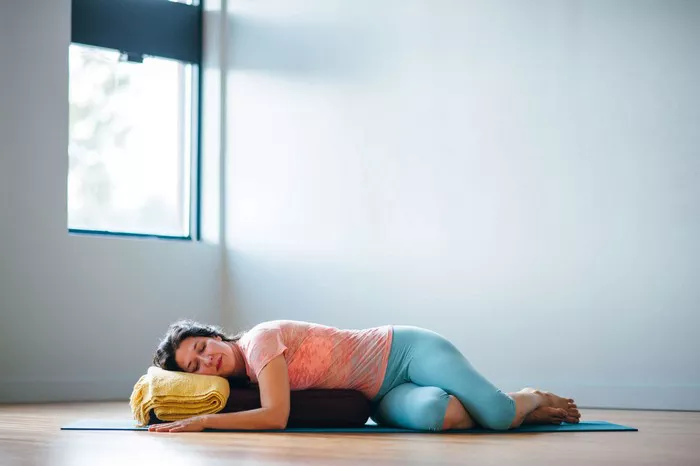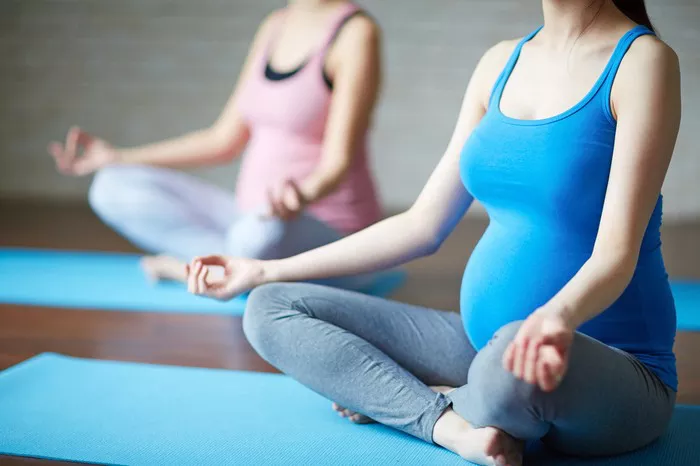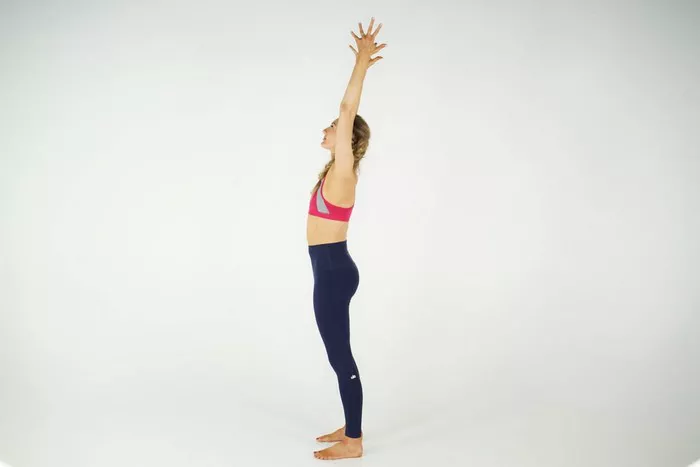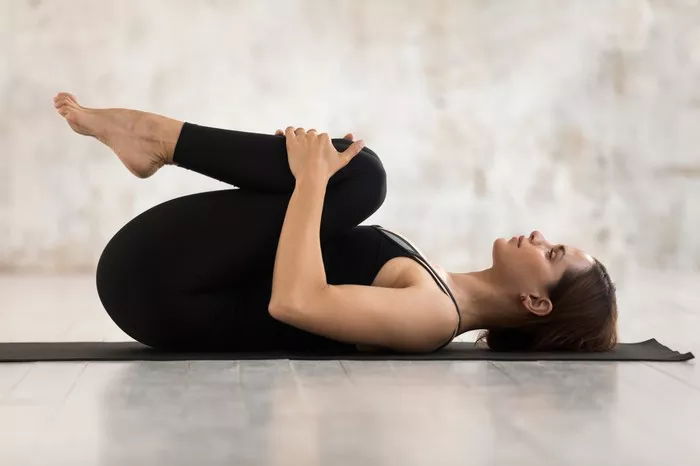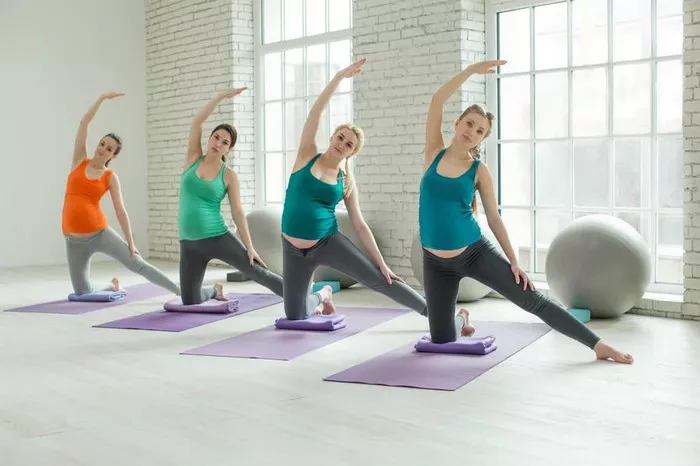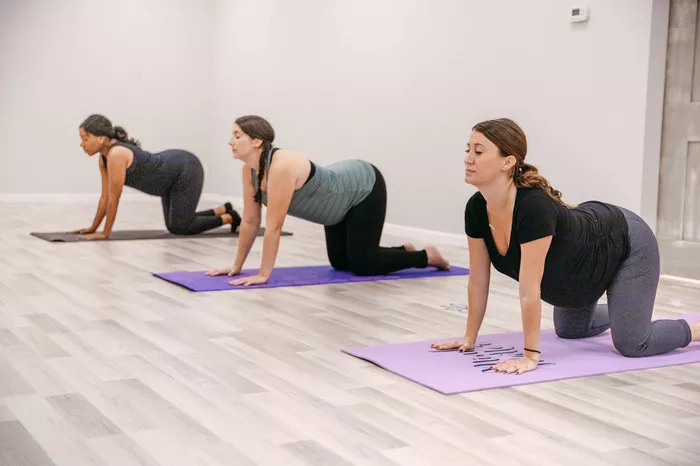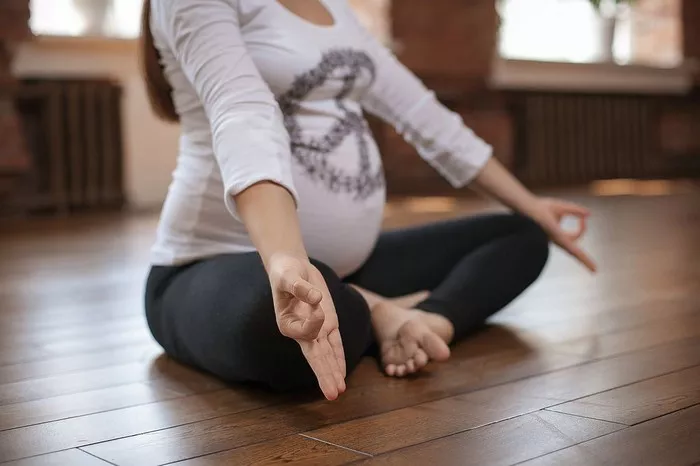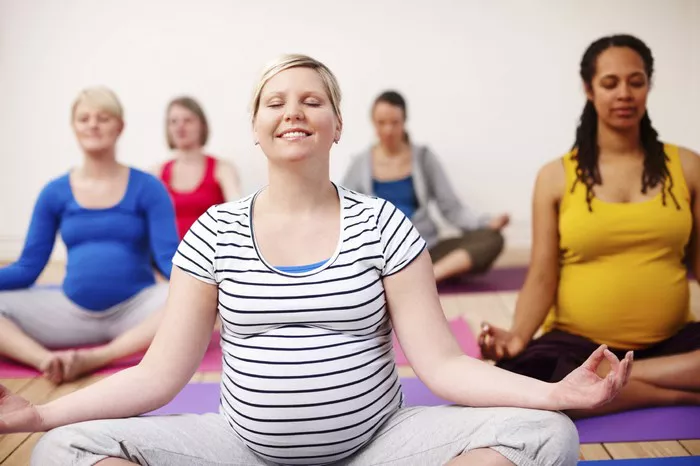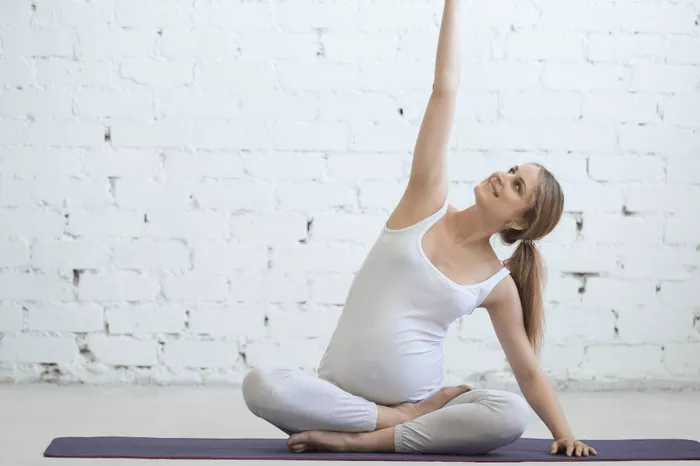Natarajasana, also known as Lord of the Dance Pose, is a graceful and powerful yoga asana that symbolizes strength, balance, and devotion. Named after the Hindu deity Shiva in his cosmic dance form, this pose represents the union of movement and stillness, effort and surrender. Practicing Natarajasana requires flexibility, balance, focus, and strength, making it a rewarding challenge for yogis of all levels.
In this article, we will explore the benefits of Natarajasana, preparatory poses to enhance flexibility and strength, step-by-step instructions for entering and holding the pose, common mistakes to avoid, modifications, and tips to deepen your practice.
Benefits of Natarajasana
Natarajasana is a multifaceted yoga pose that offers a variety of physical, mental, and energetic benefits. Regular practice of this asana can contribute to the following:
Physical Benefits
- Improves Balance – Since this pose is a standing one-legged posture, it strengthens proprioception and enhances overall stability.
- Enhances Flexibility – The deep backbend opens up the shoulders, chest, spine, and hip flexors, improving mobility and reducing stiffness.
- Strengthens the Lower Body – Engaging the standing leg muscles, including the quadriceps, calves, and ankles, builds strength and endurance.
- Opens the Heart Chakra – This pose encourages expansion in the chest, promoting better lung capacity and breathing.
- Improves Posture – By elongating the spine and stretching the front body, Natarajasana counteracts the negative effects of prolonged sitting and poor posture.
Mental & Emotional Benefits
- Boosts Concentration – Maintaining balance in this pose requires mental focus and awareness, enhancing mindfulness.
- Encourages Emotional Release – As a heart-opening posture, Natarajasana can help release stored emotions and encourage vulnerability.
- Reduces Stress – The combination of controlled breathing and focused movement helps calm the nervous system, reducing anxiety.
Preparatory Poses for Natarajasana
Before attempting Natarajasana, it is essential to prepare the body by warming up and practicing foundational asanas that target flexibility and strength in the necessary muscle groups.
- Tadasana (Mountain Pose) – Improves posture, balance, and grounding.
- Virabhadrasana II (Warrior II Pose) – Strengthens the legs and enhances stability.
- Utthita Trikonasana (Extended Triangle Pose) – Stretches the hamstrings, spine, and side body.
- Bhujangasana (Cobra Pose) – Opens the chest and strengthens the back.
- Dhanurasana (Bow Pose) – Improves backbend flexibility and strengthens the spine.
- Eka Pada Rajakapotasana (One-Legged King Pigeon Pose) – Opens the hips and enhances mobility.
- Ustrasana (Camel Pose) – Deepens the spinal extension needed for Natarajasana.
Step-by-Step Guide to Practicing Natarajasana
Follow these steps to enter Natarajasana safely and effectively:
1. Start in Tadasana (Mountain Pose)
- Stand tall with your feet hip-width apart.
- Engage your core, relax your shoulders, and maintain a steady gaze.
2. Shift Your Weight and Lift One Leg
- Transfer your weight onto your left foot.
- Bend your right knee and bring your right heel toward your glutes.
3. Hold Your Ankle
- Reach your right hand back and grab the inside of your right ankle.
- Keep your knees close together at first to maintain balance.
4. Lift Your Chest and Begin to Kick Back
- Press your right foot firmly into your hand while lifting your right thigh.
- As you kick back, allow your chest to open and lift.
- Extend your left arm forward to counterbalance the movement.
5. Maintain Alignment
- Keep your standing leg strong and engaged.
- Square your hips as much as possible while lifting the right leg.
- Find a focal point (drishti) to help with balance.
6. Hold and Breathe
- Stay in the pose for 20–30 seconds, breathing deeply and steadily.
- With each inhale, lengthen your spine; with each exhale, deepen the backbend.
7. Release and Repeat
- Slowly bring your lifted leg back down with control.
- Return to Tadasana and repeat on the other side.
Common Mistakes and How to Avoid Them
Practicing Natarajasana with proper alignment is crucial to prevent injuries and maximize benefits. Here are some common mistakes and their solutions:
1. Overarching the Lower Back
- Mistake: Allowing the lower back to collapse instead of engaging the core.
- Solution: Draw your navel inward and activate your abdominal muscles.
2. Losing Balance
- Mistake: Moving too quickly or not focusing on a steady gaze.
- Solution: Keep your eyes fixed on a focal point and engage your standing leg.
3. Collapsing the Chest
- Mistake: Dropping the chest forward instead of opening the heart.
- Solution: Actively lift through the chest while pressing the lifted foot into the hand.
4. Misaligned Hips
- Mistake: Opening the hips too much to the side.
- Solution: Keep your hips squared forward as much as possible.
Modifications and Variations
If Natarajasana feels challenging, consider these modifications and variations:
Beginner Modifications
- Use a Wall – Place one hand on a wall for support while working on balance.
- Use a Strap – Loop a yoga strap around your lifted foot to help reach your ankle.
- Keep a Gentle Backbend – Avoid excessive arching and work gradually toward deeper flexibility.
Advanced Variations
- Full Natarajasana (Advanced Lord of the Dance Pose) – Hold your ankle with both hands overhead.
- Grip Variation – Instead of holding the inside of the ankle, grab the outer foot for a different shoulder stretch.
- Dynamic Movement – Flow in and out of the pose with your breath to build coordination.
Tips for Deepening Your Practice
- Warm Up Thoroughly – Ensure your body is fully prepared before attempting deep backbends.
- Engage the Core – A strong core is essential for maintaining stability.
- Breathe Consistently – Controlled breathing helps maintain balance and relaxation.
- Be Patient – Flexibility and strength take time to develop; avoid forcing the pose.
- Practice Regularly – Consistency is key to mastering Natarajasana over time.
Conclusion
Natarajasana is a beautiful and empowering yoga pose that embodies grace, strength, and devotion. By integrating preparatory poses, focusing on alignment, and practicing with mindfulness, you can gradually build the balance and flexibility needed to master this asana. Whether you are a beginner or an experienced yogi, practicing Natarajasana with patience and awareness will enhance your yoga journey, bringing both physical and mental benefits.
Incorporate this pose into your regular practice, and embrace the journey of self-discovery and growth that it offers. Happy practicing!
Related Topics:


